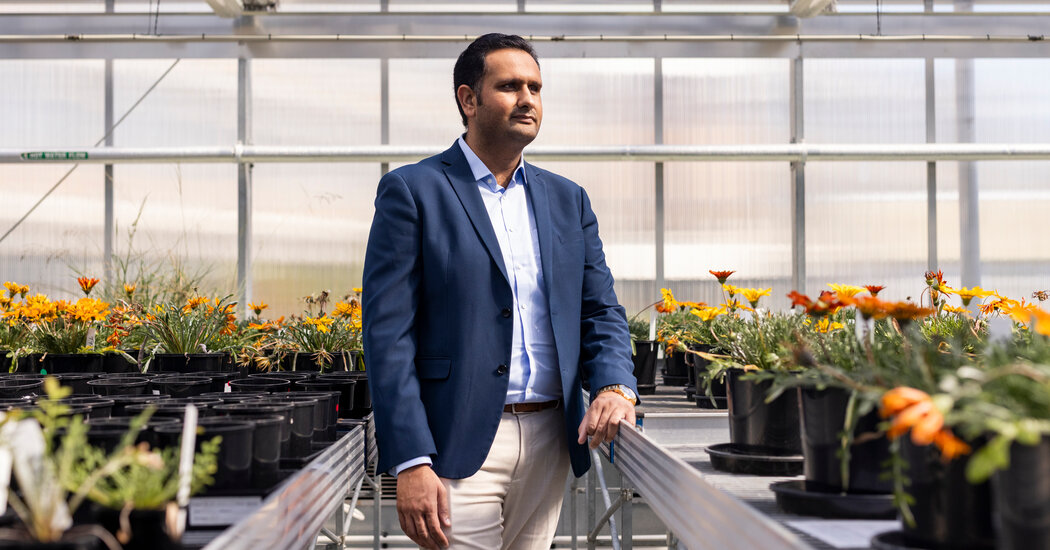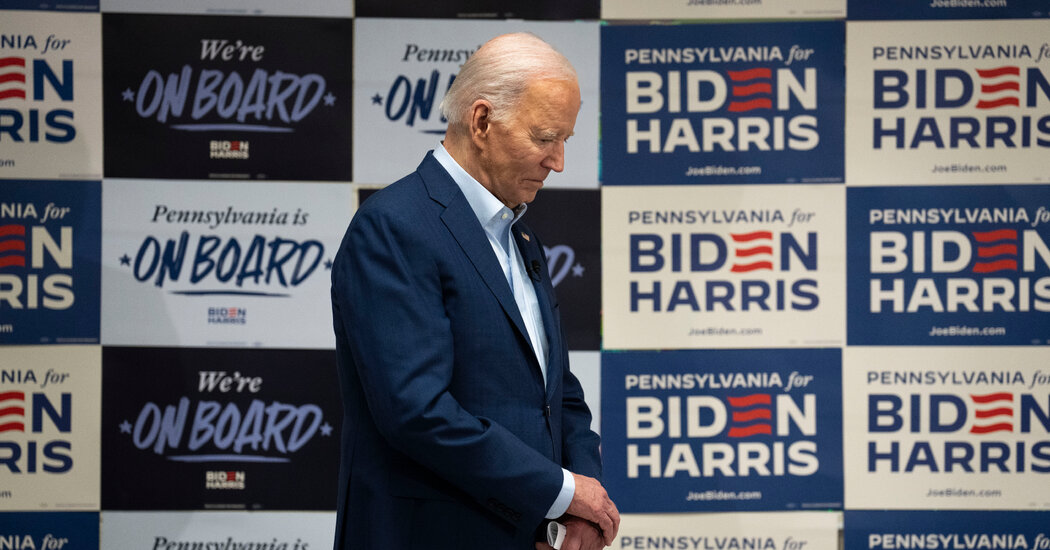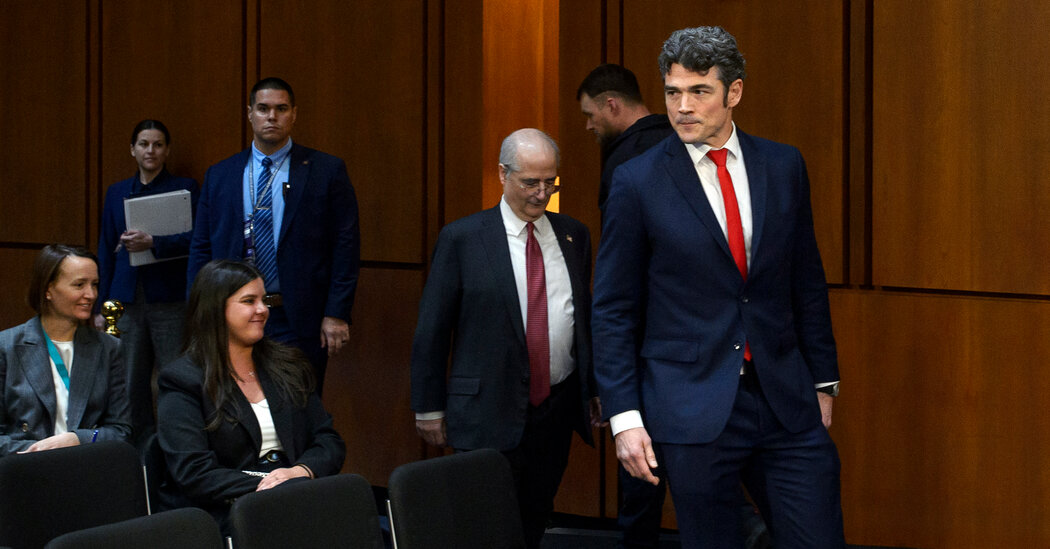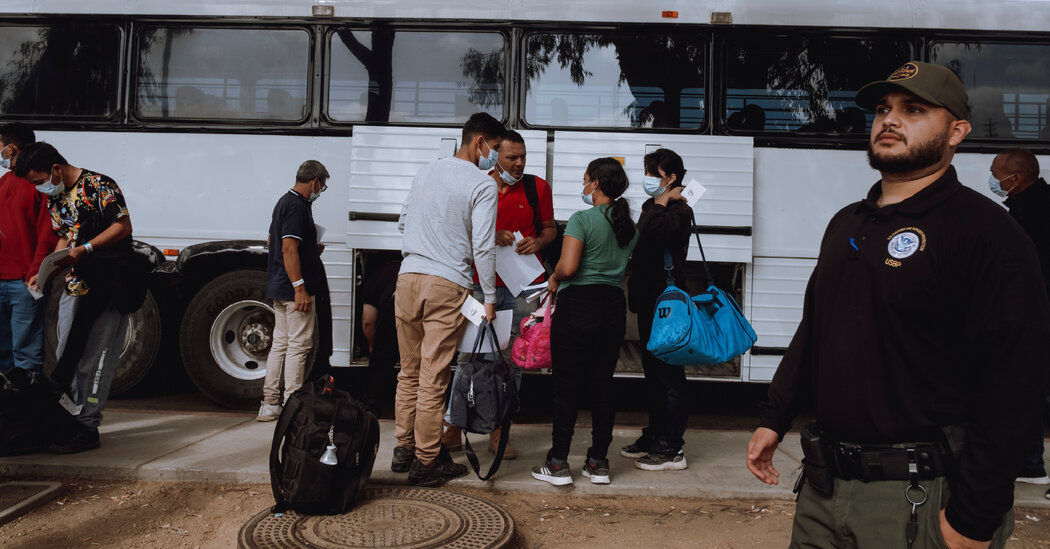Australia was the clear top choice when Ali Bajwa, a native of Pakistan, wanted to pursue a doctorate in agricultural science. The research in the field was cutting edge, the universities were highly ranked and overseas students were welcome in the country, where international education has been referred to as “the biggest export we don’t dig out of the ground.”
Mr. Bajwa arrived a decade ago, specializing in weed control. He brought his family over, all becoming naturalized citizens. He spent years in Wagga Wagga, a rural town, working for the state government and continuing research in weed science. He now teaches at La Trobe University in Melbourne and is a homeowner.
But those hoping to follow Mr. Bajwa’s path face a new reality.
Politicians on both sides of the aisle have turned to capping the number of international students as a way to rein in unaffordable housing, a crisis that is at the top of voters’ minds ahead of next month’s election. The argument is that this will reduce demand for rentals and starter homes and tamp down prices. It is a major shift for Australia, whose economy depends on mining but which once saw education as a “super growth sector” and sought to compete for students with the United States, Britain and Canada.
“We gain a lot more than we lose to international students,” said Mr. Bajwa, 35. “There should be a lot more focus on improving the selection criteria or requirements than a blanket ban or limiting the number.”
Last year, the government of Prime Minister Anthony Albanese sought to to impose a limit on international students but failed to pass legislation. It has since increased student visa fees and slowed processing, reducing the arrival of students from overseas. The opposition leader, Peter Dutton, has pledged to put far stricter restrictions on international students, slashing the number by a further 30,000, for a cap of 240,000 new arrivals a year — and more than tripling the maximum visa fees to up to 5,000 Australian dollars, about $3,200.
Strict border controls during the coronavirus pandemic kept many international students out. But Australia then made a concerted effort to bring them back — temporarily removing work restrictions and offering rebates on visa fees. That led to a record surge of students arriving in the country in 2023 and 2024, with total international student enrollment topping a million for the first time last year.




